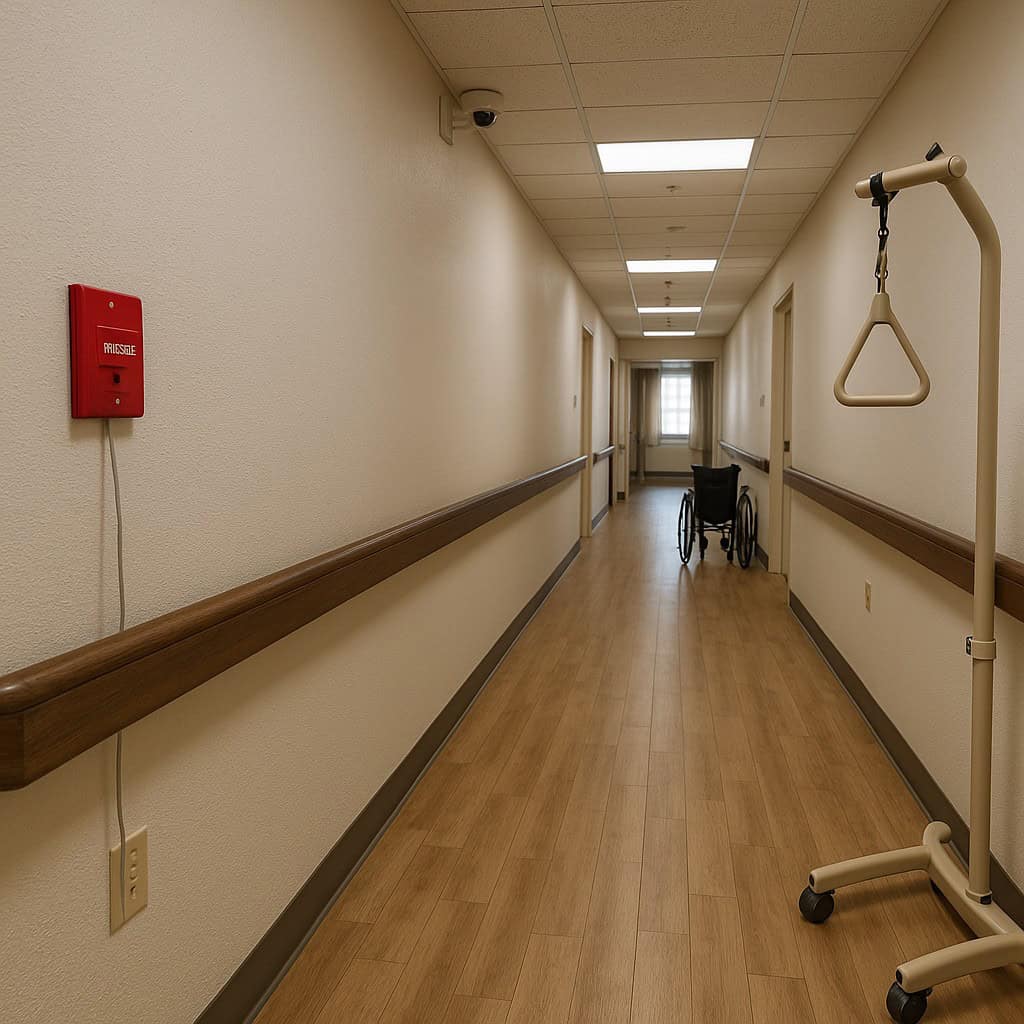Elder abuse in Woodstock, New York, reflects a growing concern across the nation, with experts estimating that U.S. seniors lose more than $36 billion each year to financial abuse and exploitation. Only one out of 44 cases is reported to authorities, making it crucial for families to stay vigilant about the care their loved ones receive in nursing facilities. Physical abuse, neglect, and falls are particularly concerning issues that can lead to serious injuries or even death in care facilities.
Care homes invest heavily in safety equipment to protect residents and demonstrate their commitment to safety. However, relying solely on these tools can create a dangerous false sense of security regarding legal liability. If you suspect that a loved one has been harmed due to negligence or inadequate safety measures, consulting with a Woodstock nursing home abuse lawyer can help you understand your legal options and ensure accountability.
The Role of Safety Equipment
Alarms, surveillance systems, and other safety devices in care homes are critical components in protecting residents. These tools assist with monitoring, accident prevention, and emergency response systems. They help create an environment where everyone feels safer and more secure. However, even when these systems are present, they do not automatically ensure compliance with legal requirements or guarantee protection from liability.
The Illusion of Security
Too often, administrators believe that having the latest safety equipment provides adequate legal protection. This assumption can be dangerous because it may overshadow other crucial responsibilities. Legal obligations extend far beyond simply installing equipment. These responsibilities include regular maintenance, comprehensive staff training, and strict adherence to established procedures and protocols.
Importance of Staff Training
While technology enhances safety measures, human oversight remains essential. Staff members must be properly trained to operate equipment effectively and respond appropriately during emergencies. According to the National Institute for Occupational Safety and Health, proper training ensures that staff can act quickly and adequately when incidents occur. Without adequate training, even the most sophisticated systems can fail when needed most. A commitment to continuous learning and preparedness is a fundamental component of an effective safety approach.
Regular Maintenance and Inspections
Like any equipment, safety devices require regular maintenance to function properly. Neglected maintenance can lead to malfunctions, potentially rendering equipment useless during critical moments. Periodic inspections and repairs are essential to keep equipment reliable and functioning as intended. Documenting maintenance activities also demonstrates compliance with legal standards and regulatory requirements.
The Need for Comprehensive Policies
Safety equipment should be part of a broader, comprehensive safety plan. Policies must clearly outline how to handle different situations, ensuring everyone understands their roles and responsibilities. Well-developed and properly communicated plans prevent confusion during emergencies and ensure consistent implementation across the facility. These policies should be regularly reviewed and updated to reflect current best practices.
Legal Implications of Overreliance
Overreliance on safety equipment carries significant legal consequences. Simply having equipment may not provide adequate defense against negligence claims if an incident occurs. Legal experts examine whether care homes exercised proper diligence in equipment usage, maintenance, and staff preparedness. Merely owning equipment does not absolve a facility from its legal responsibilities or duty of care obligations.
Balancing Technology and Human Touch
The most effective approach combines technology with human oversight. While equipment plays an important role, the human element remains irreplaceable. Staff engagement, empathy, and vigilance provide qualities that machines cannot replicate. The combination of technological efficiency and human compassion creates a more effective safety net for residents and their families.
Encouraging a Culture of Safety
Developing a strong safety culture is vital in care homes. This means ensuring that employees actively participate in safety initiatives and feel comfortable reporting potential hazards. Creating an environment of collective ownership where everyone has a stake in safety leads to fewer incidents and better outcomes for residents.
Conclusion
Safety equipment is an essential component of care home operations, but it cannot be relied upon solely for legal protection. Facilities must also provide proper staff training, maintain regular maintenance, and establish clear policies and procedures. By balancing technology with human oversight and fostering a culture of safety, care homes can create truly safe environments for residents. This comprehensive approach not only fulfills legal obligations but also ensures the well-being of those entrusted to their care.


